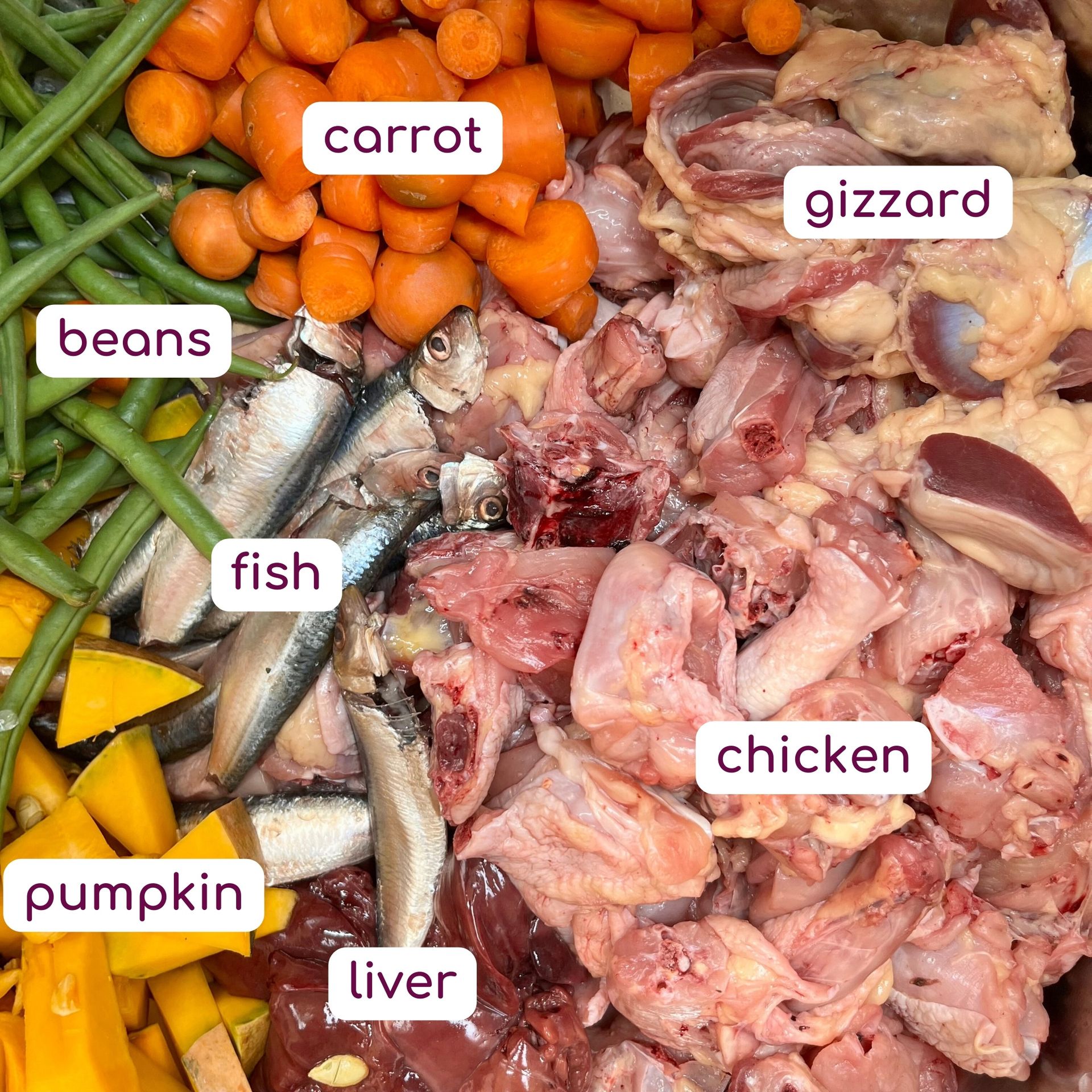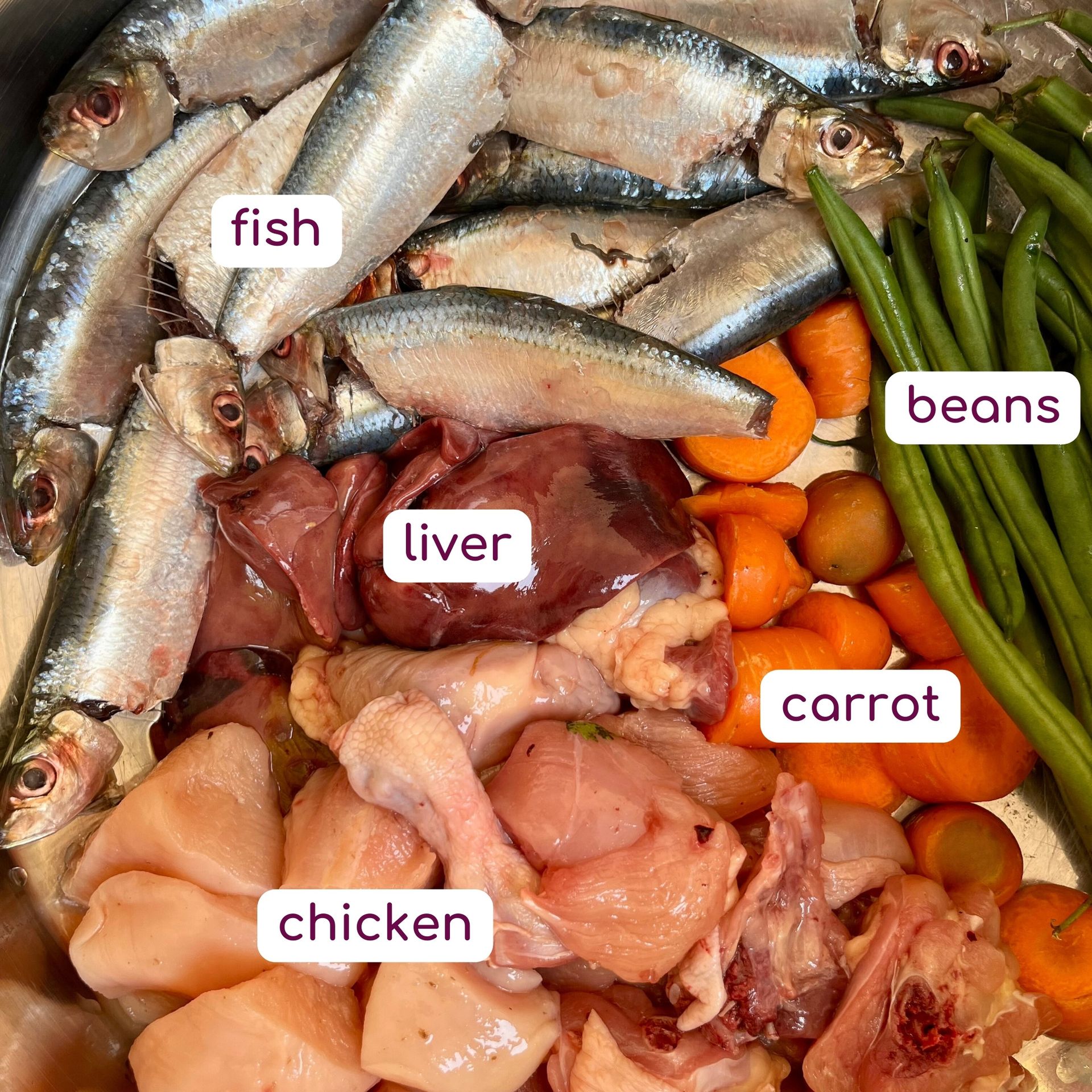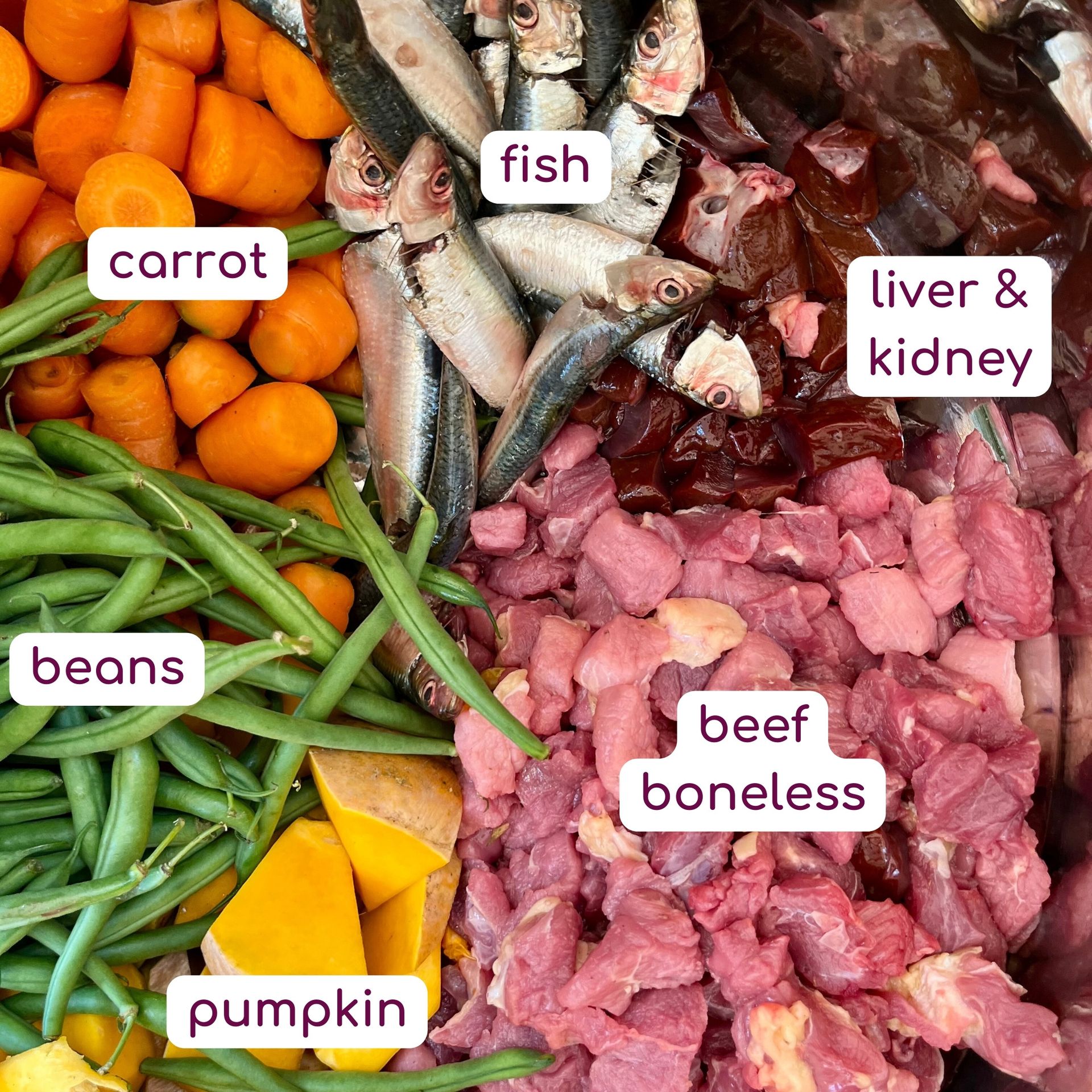For years, kibble has been the go-to diet for millions of dogs—convenient, inexpensive, and widely accepted. But this convenience could come at a steep price: your dog’s health. This isn’t just about exploring a trendy new option; it’s about uncovering the hidden risks in those little brown pellets and making better choices for your furry family member.
Let’s explore the unsettling truths about kibble and why switching to fresh, whole foods could be the best decision for your dog’s long, happy, and healthy life.
the dark side of kibble: hidden risks you need to know
Kibble may seem harmless, but its production often involves high-heat processing that destroys essential nutrients and creates harmful byproducts like acrylamide, a known carcinogen. Beyond this, many kibbles contain:
- Low-quality ingredients: Some include “4-D” meats (dead, diseased, dying, disabled)—ingredients unfit for human consumption. These are rarely disclosed on labels.
- High starch content: Loaded with grains or starchy fillers, kibble can lead to weight gain, blood sugar spikes, and diseases like diabetes. Even “grain-free” kibble often uses starchy substitutes like legumes.
- Artificial additives: Preservatives, artificial flavors, and colors may trigger allergies and other health problems.
- Low moisture content: Kibble is dehydrating, much like eating only crackers. This can strain digestion and lead to reduced energy and serious health issues.
- Contamination risks: Kibble’s dry nature makes it susceptible to bacteria and toxins after opening.
Want to protect your dog from these risks? Discover the Benefits of Fresh Food.
the fresh food revolution: a healthier alternative
Switching to a fresh food diet isn’t just about feeding your dog—it’s about honoring the trust they place in you. Fresh, whole foods closely mimic what dogs are designed to eat, delivering the nutrients they need for optimal health.
Fresh food diets typically include:
- High-quality proteins: Lean meats and fish provide essential amino acids for muscle strength and vitality.
- Healthy fats: Sources like fish oil and olive oil support brain function, a shiny coat, and healthy skin.
- Fruits and vegetables: Packed with vitamins, minerals, and antioxidants to boost immunity and overall well-being.
- Hydration: Unlike kibble, fresh food naturally contains moisture, improving digestion and hydration.
Switching to fresh food doesn’t just improve your dog’s nutrition—it transforms their quality of life.
Ready to make the switch? Order Fresh Food Now.
transitioning to fresh food: a thoughtful approach
Switching to fresh food should be gradual to avoid digestive upset. Consult your veterinarian to create a balanced diet tailored to your dog’s needs and introduce fresh food incrementally while phasing out kibble.
Want tips for a smooth transition? Chat with Us Today.
frequently asked questions (faqs)
1. Is all kibble bad?
No, not all kibble is created equal. Some brands use higher-quality ingredients and employ less damaging processing methods. However, even the "best" kibble often lacks the nutrient density and freshness of a whole-food diet.
2. Can I just add fresh food to my dog's kibble?
Yes, you can gradually introduce fresh food alongside kibble, slowly decreasing the amount of kibble over time. This is a good transition method for many dogs. However, ensure the combined diet remains balanced.
3. How much fresh food should I feed my dog?
The amount will depend on your dog's breed, size, age, activity level, and the specific ingredients in their fresh food diet. Consult your veterinarian for personalized recommendations.
4. Isn't fresh food more expensive and time-consuming?
Fresh food can be more expensive upfront, but it can lead to long-term cost savings by potentially reducing veterinary bills associated with health problems caused by poor nutrition. The time investment is also offset by knowing you're giving your dog the best possible nutrition.
5. What are the signs of food sensitivities in dogs?
Symptoms can vary, but common signs include digestive issues (vomiting, diarrhea, gas), skin problems (itching, redness, hair loss), and behavioral changes (lethargy, irritability). Consult your vet to rule out any other underlying health issues.
don’t let convenience compromise their health
As pet lovers ourselves, we understand how much you care about your furry friend’s health and happiness. Making the switch to fresh food can feel overwhelming, but the rewards are worth it. Fresh, nutritious meals not only improve your dog’s health but also strengthen the bond you share.
Join the Fresh Food Revolution Today. Order Now and See the Difference.










